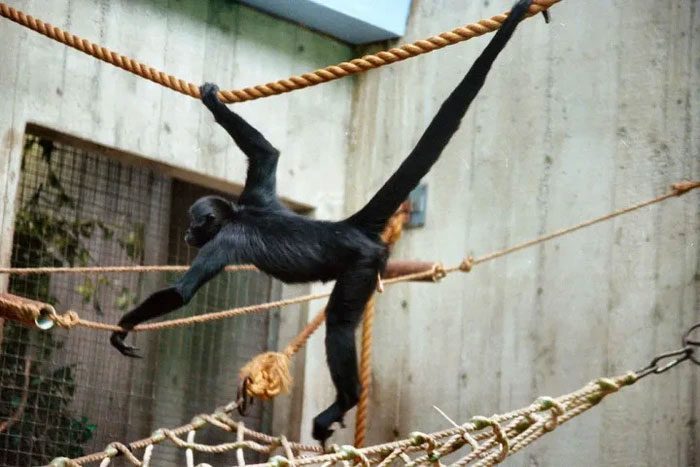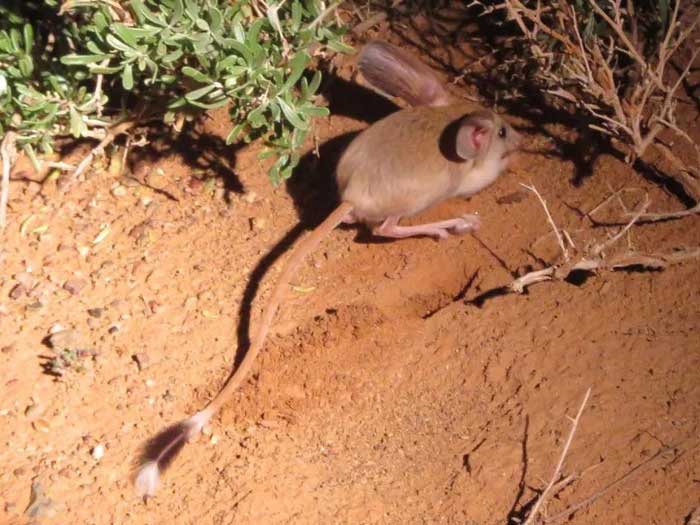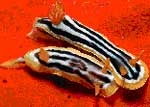In fact, there are many species of mammals with tails and body proportions longer than those of the red panda, such as squirrels, red kangaroos, and vervet monkeys.
The body length of mammals refers to the measurement from the snout to the anus or the base of the tail, while tail length refers to the measurement from the anus or the base of the tail to the tip of the tail (excluding the length of the tail fur).
Specifically for the red panda, the body length of an adult individual ranges from 50 cm to 64 cm, and tail length ranges from 28 cm to 59 cm. With a longer body length, the tail is also longer. So far, no red panda has been found with a tail longer than its body length. The red panda is a mammal species native to the eastern Himalayas and southwestern China. They have reddish-brown fur, black markings, and a long, bushy tail. They are roughly the size of a domestic cat but have a longer and heavier body. Red pandas are primarily herbivorous but also consume eggs, birds, and insects. They are not closely related to giant pandas; instead, they belong to the family Ailuridae, which is more closely related to weasels and skunks.
The red panda is a mammal species native to the eastern Himalayas and southwestern China. They have reddish-brown fur, black markings, and a long, bushy tail. They are roughly the size of a domestic cat but have a longer and heavier body. Red pandas are primarily herbivorous but also consume eggs, birds, and insects. They are not closely related to giant pandas; instead, they belong to the family Ailuridae, which is more closely related to weasels and skunks.
Of course, this tail is also quite striking, and we can understand that the long tail is an adaptation of the red panda to its arboreal habitat, allowing it to maintain balance in a complex environment. However, such evolutionary pressures are not unique to the red panda. A significant number of arboreal mammals and those living in mountainous regions also have similar evolutionary strategies. Some species have evolved long tails due to the selective pressure of their locomotive methods.
For example, animals that frequently move by jumping require long tails to stabilize their center of gravity, and some species need thick, long tails for easy pivoting, and so forth.

The snow leopard is a large cat species that inhabits the high mountains of Asia. They have thick fur that is white or light gray with black or brown spots. They can measure between 75 to 150 cm in length and weigh between 25 to 75 kg. They are carnivorous predators specializing in hunting wild goats and sheep. They have small, rounded ears to minimize heat loss, wide paws for moving on snow, and a long tail for balance. The snow leopard is currently threatened due to poaching, habitat loss, and human conflict.
Therefore, within the entire group of mammals, long tails are not exclusive to red pandas, and their tail-to-body length ratio is not the “best”. Most squirrel species have a tail length ratio similar to that of the red panda. The tail-to-body length ratio of the snow leopard is very close to 1:1, with some individuals having tails slightly longer than their body length. Thus, the red panda is certainly not the species with the longest tail on our planet.

The Brown-Headed Spider Monkey (Ateles fusciceps) has very long arms and tail, which help them climb trees effectively. Their tail can also grasp objects like fruits or leaves. The Brown-Headed Spider Monkey is primarily frugivorous but can also eat leaves, seeds, insects, or honey when food is scarce.
The Brown-Headed Spider Monkey (Ateles fusciceps), which resides in northwestern Central and South America, has an extremely long tail that is visibly longer than its body length without needing precise measurements.
In fact, measurements can find individuals with a body length to tail length ratio of about 1:1.9. This long tail also has a high adaptability to arboreal environments; essentially, the long tail serves as its “fifth limb,” allowing for more flexible grasping of branches.

The Long-Eared Jerboa is a small rodent that inhabits the area from Alxa to Altai Gobi in Outer Mongolia. Due to the harsh environment, food sources are limited. The need to search for food over large areas has led to the development of a body structure that allows for quick movement, and they often whip their tails while hopping to steer their direction and maintain balance.
The Long-Eared Jerboa (Euchoreutes naso) is a mammal in the Dipodidae family within the order Rodentia. This species was described by Sclater in 1890. The Long-Eared Jerboa is characterized by its very large ears compared to its head size, with ear length about one-third of the head length.
This rodent primarily lives in the Gobi Desert in northern China and the southernmost region of Mongolia. It is mainly nocturnal and feeds primarily on insects. This species can jump very far and quickly due to its long hind legs and tail, which helps with balance. Some records suggest that it may use its tail to strike the ground forcefully to increase its jumping power.
However, currently, it is unfortunate that research on this species and the Brown-Headed Spider Monkey is still incomplete and lacks in-depth studies.
The Long-Eared Jerboa was newly discovered in 1879 and is very challenging to access, while the population of Brown-Headed Spider Monkeys is also endangered, with wild individuals living in tree canopies for extended periods, making them hard to study.





















































